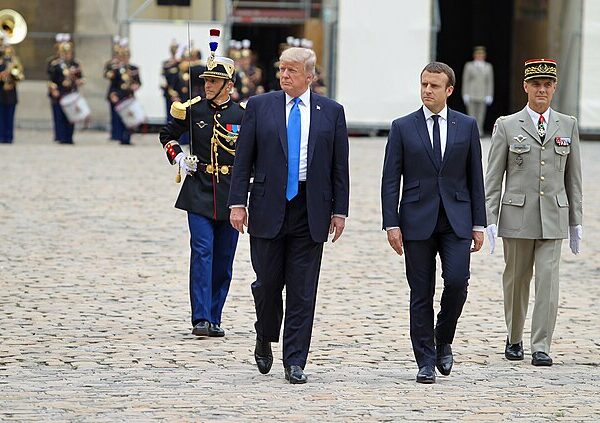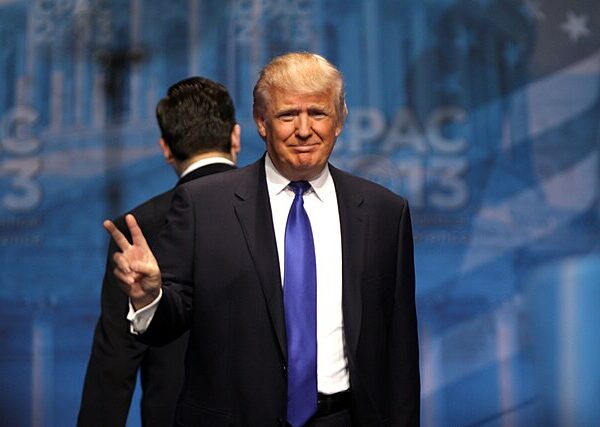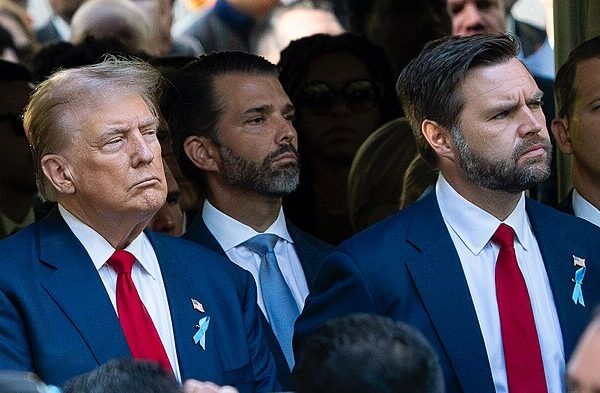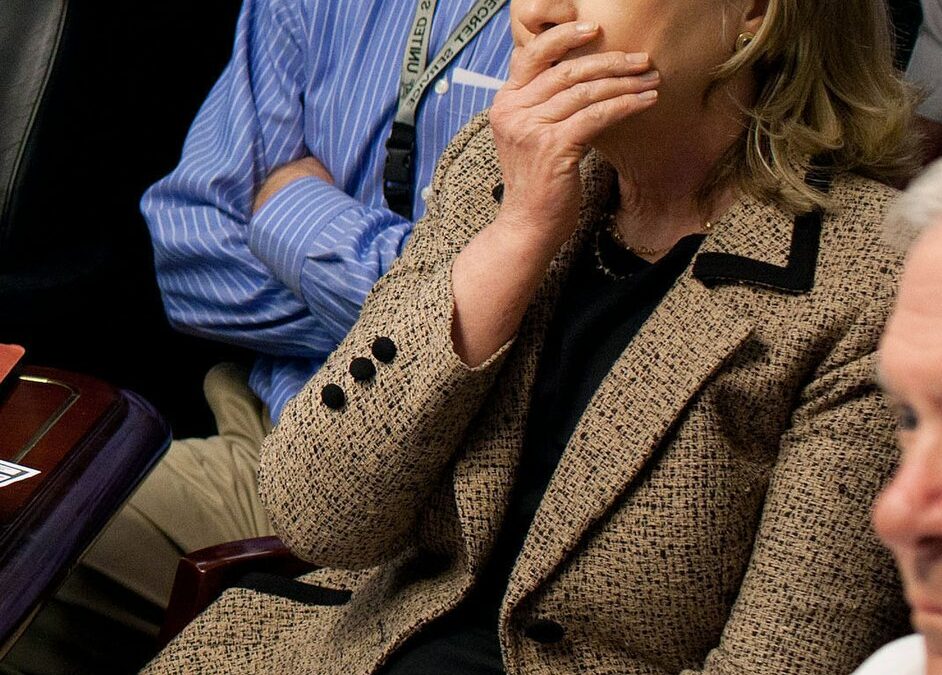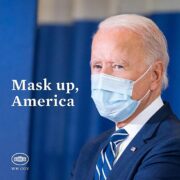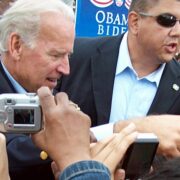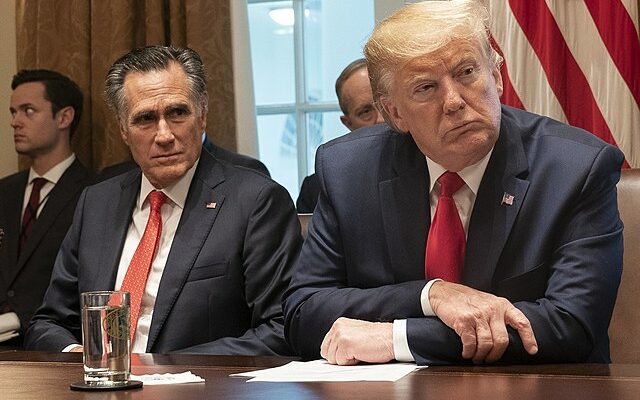
Projecting American strength in order to protect Americans is back. President-elect Donald Trump announced on Truth Social an ambitious plan to impose tariffs on imports from Mexico, Canada, and China, framing it as a key component of his strategy to tackle illegal immigration and drug trafficking.
In two posts, Trump reaffirmed his firm stance on trade and border security, which he emphasized throughout his campaign.
While some experts in American claimed the announcement would sink the American economy, The New York Times reported that major stock indexes in the United States maintained a degree of calm on Tuesday, a day after President-elect Donald J. Trump said that he would impose heavy tariffs on all products from the country’s three largest trading partners — Canada, China and Mexico — partly reflecting investors’ belief that the moves may not ultimately materialize.
Indexes around the world slipped earlier in the day, even in countries not targeted by Mr. Trump, with Europe’s Stoxx 600 falling 0.6 percent and Japan’s Nikkei falling 0.8 percent. But in the United States the S&P 500 and the tech-heavy Nasdaq were up slightly in midday trading.
George Saravelos of Deutsche Bank called the initial market reaction in the United States “very benign,” a sign that investors probably see the threat of tariffs as leverage for negotiations. That included major backers of Mr. Trump, including Bill Ackman, the billionaire financier, who said on X that the president-elect was “going to use tariffs as a weapon to achieve economic and political outcomes which are in the best interest of America.”
More notable moves were seen in currency markets, with the dollar continuing to strengthen amid the tariff talk. The Canadian dollar lost about 0.5 percent of its value against the U.S. dollar, and the Mexican peso fell about 2 percent. The peso has been hit particularly hard this year, shedding about 18 percent of its value against the greenback.
Trump’s tariff proposals have sparked intense debate about their economic implications. Scott Bessent, nominated for Treasury Secretary, has defended the strategy, portraying it as a means of generating revenue, safeguarding critical industries, and strengthening the U.S.’s negotiating position with trading partners. Bessent estimates that these tariffs could raise up to $2.7 trillion in federal revenue, which he views as a critical resource. He has also supported the idea of imposing exceptionally high tariffs on specific products, such as automobiles manufactured in Mexico, especially those linked to Chinese ownership or investment.
Responses to Trump’s plans have been sharply divided. Supporters regard the tariffs as a bold and necessary approach to improving border security and combating drug trafficking. Critics, however, caution that these measures could have unintended consequences, including higher prices for American consumers, strained relations with key trading partners, and the risk of retaliatory actions from Mexico, Canada, and China. Economic and international relations experts have warned that such tariffs might lead to broader trade disputes, potentially harming the global economy.
Mexican President Claudia Sheinbaum has already said her country would reciprocate and charge the United States a similar tax to that of any goods imported into Mexico. Such a move could see the White House move to tax remittances from the United States to Mexico, roughly $60 billion that flows from America to its southern neighbor. Remittances make up nearly 4 percent of Mexico’s GDP.
[Read More: Kamala’s Next Move]

